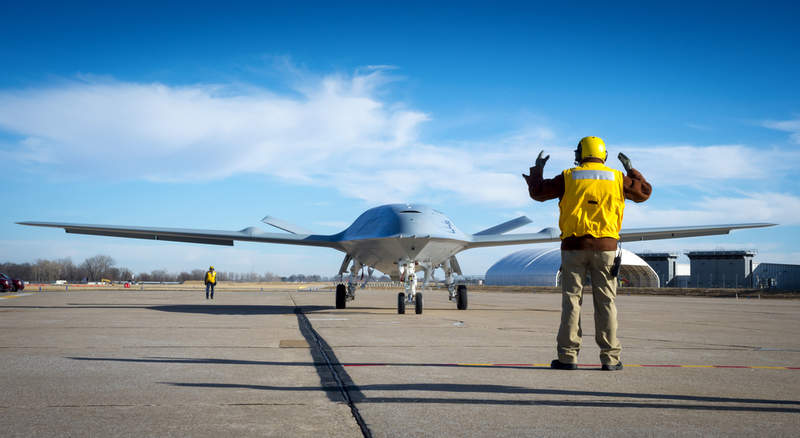
Boeing has selected Rolls-Royce to deliver its AE 3007N engines to power the US Navy’s newest MQ-25 Stingray unmanned aerial tanker.
Under the deal, Rolls-Royce will install a single AE 3007N engine on each of the unmanned combat aerial vehicles.
Manufactured in Indianapolis, US, the AE 3007N is the latest model of the Rolls-Royce AE family of engines and has been designed to deliver more than 10,000lb of thrust and additional electrical power to the tanker.
The $805m contract for the engineering and production of four Stingray aircraft was awarded to Boeing by the US Navy on 30 August.
The MQ-25 aircraft will be deployed with the navy to carry out autonomous, carrier-based air-to-air refuelling, providing the service with an enhanced refuelling capability.
Work on the aircraft manufacturing project is planned to be carried out at Boeing’s production facility in St Louis, Missouri, US.
Rolls-Royce customer business, government relations and sales customer business executive vice-president Jarrett Jones said: “Congratulations to Boeing for being selected to develop this historic aircraft in support of the US Navy.
“For Rolls-Royce, it will expand our UAV expertise with unmanned aircraft in the US Navy fleet, which includes the Triton and Fire Scout aircraft.”
The US Navy intends to use the MQ-25 unmanned aerial tanker to expand the use of the service’s combat strike fighters by extending the range of deployed Boeing F/A-18 Super Hornet, Boeing EA-18G Growler and Lockheed Martin F-35C aircraft.
The aircraft will also have the capability to be easily integrated with an aircraft carrier’s catapult, as well as launch and recovery systems.



